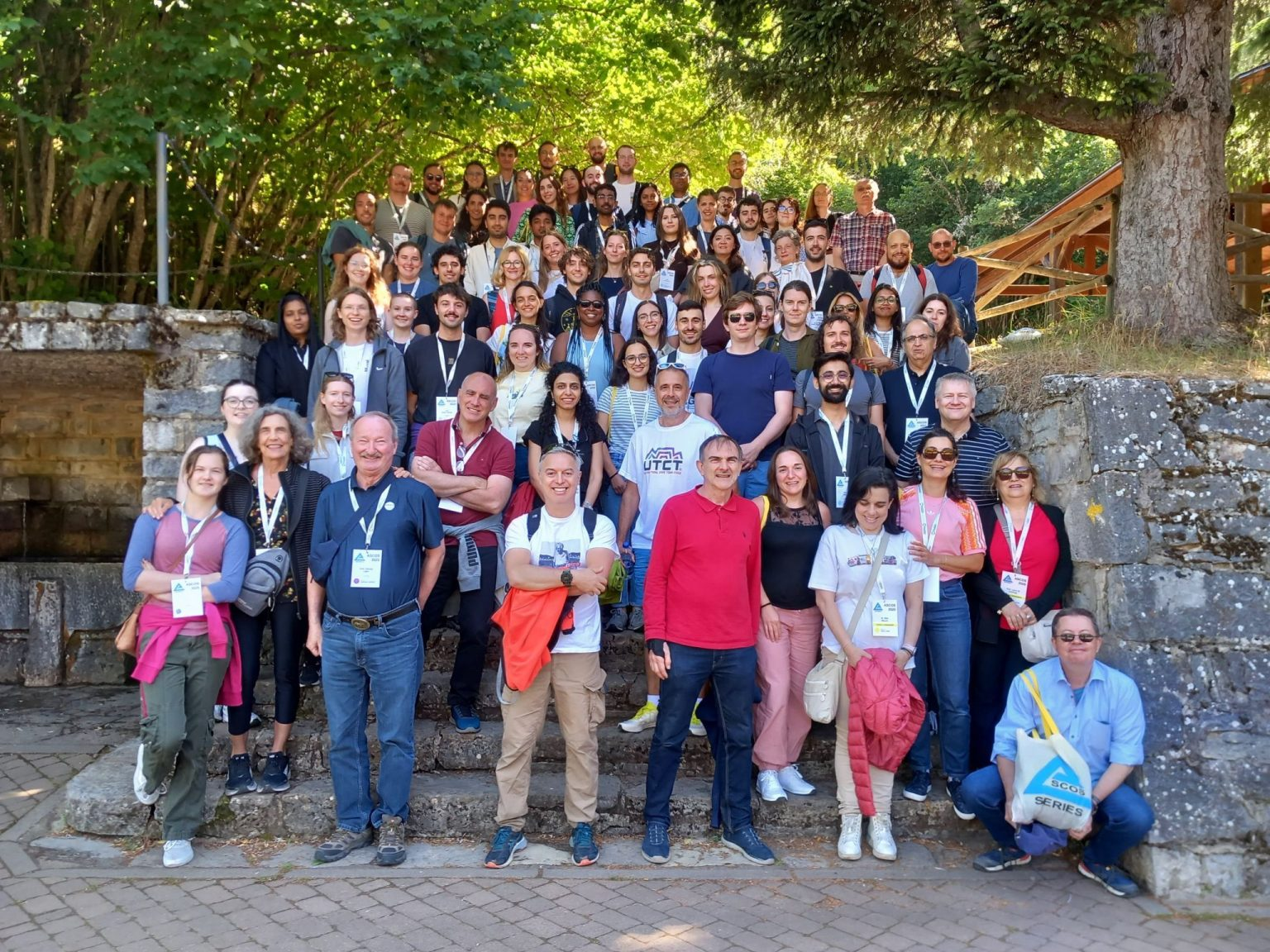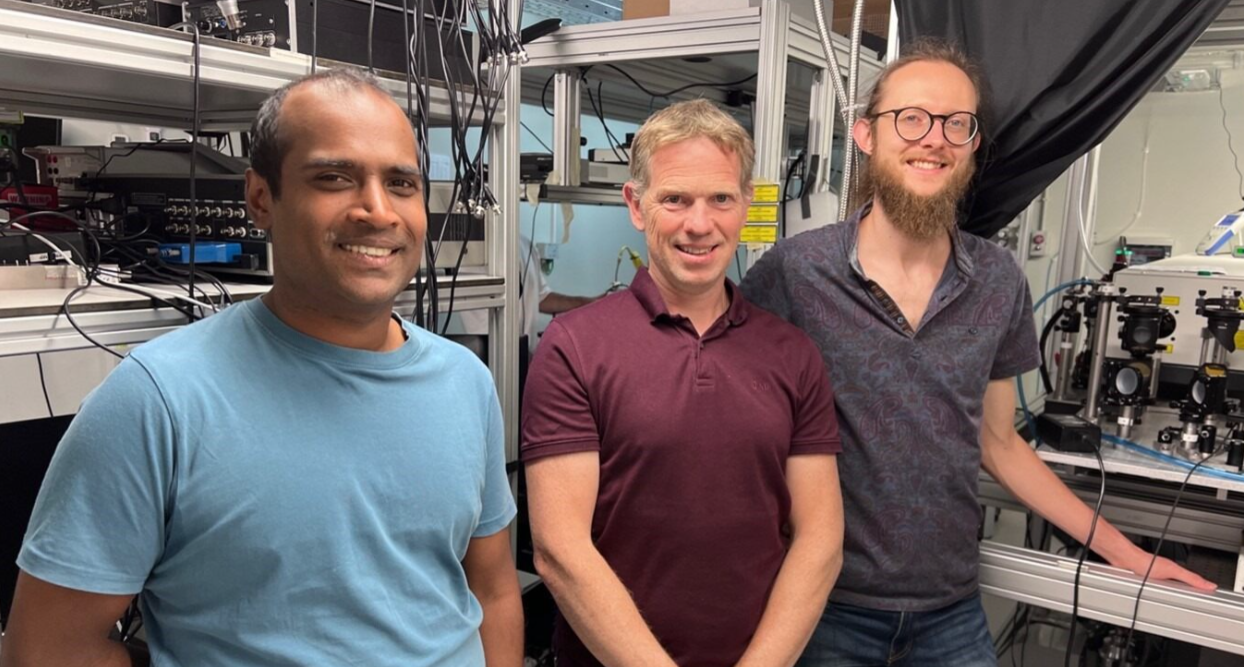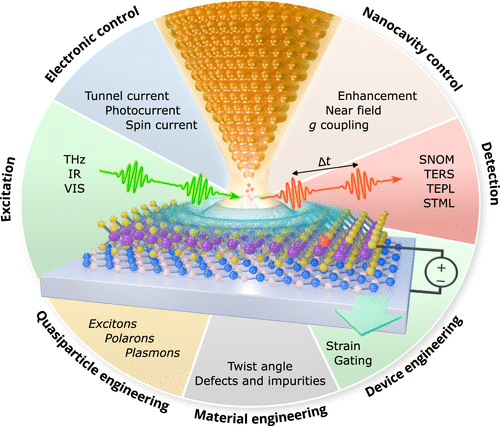-- Thursday, 04 September 2025
Designing Carbon-Based Quantum Nanocircuitry for Next-Generation Nanoelectronics and Spintronics
A review article by ICN2 researchers highlights recent advances in controlling quantum electronic properties of nanoporous graphene, an emerging material with great potential for future nanoelectronics and quantum devices.






